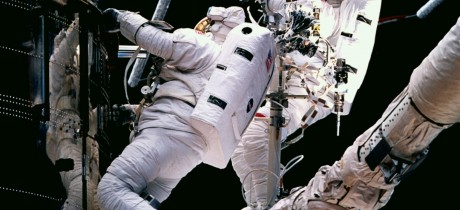Hubble Space Telescope is legendary.
With its mind-blowing views of the universe that it takes in from an outpost orbiting our planet, Hubble continues to bring the discoveries of the universe back to Earth.
When it launched in 1990, it was the most significant advance in astronomy since Galileo’s telescope.
20 years ago tomorrow, a mission launched from NASA’s Kennedy Space Center in Florida to service the telescope. An astronaut crew flew on the Space Shuttle Discovery and retrieved the orbiting laboratory. During February 11-21, 1997, the crew serviced and upgraded the telescope.
In order to make it possible for us to probe extremely distant reaches of the universe, new instruments were installed.
Hubble second servicing mission, Image Credit: NASA
Two new instruments were installed on Hubble. One instrument separates light that is gathered by the telescope into its spectral components. It’s called the Space Telescope Imaging Spectrograph (STIS). This instrument makes it possible to analyze the composition, temperature, motion and other chemical and physical properties. STIS would be used to study supermassive black holes.
The other instrument could perform both infrared imaging and spectroscopic observations of targets. This instrument has three cameras and is called the Near Infrared Camera and Multi-Object Spectrometer (NICMOS). This instrument provided astronomers with their very first clear view of the universe at near-infrared wavelengths.
Hardware was also replaced on Hubble that included a refurbished optical sensor providing pointing information for the spacecraft and a recorder that can store ten times more data.
As the first telescope designed to be visited by astronauts in space, Hubble has been repaired and improved. There have been a total of five astronaut servicing missions.
This was the second servicing mission, and it also increased Hubble’s efficiency and performance by replacing components that had failed or degraded. Highly-trained crews have performed essential improvements to the success of the orbiting observatory, and the mission will continue to fill us with wonder.
What’s more – NASA is launching their new telescope next year that will peer into every phase in the history of our universe. It’s called James Webb Space Telescope (JWST). When the spacecraft launches in 2018, it will be able to peer through dust clouds and its observations will be primarily in the infrared. This enables JWST to observe distant objects.
Learn more about JWST: https://jwst.nasa.gov/
Learn more about Hubble: https://www.nasa.gov/mission_pages/hubble/main/index.html


